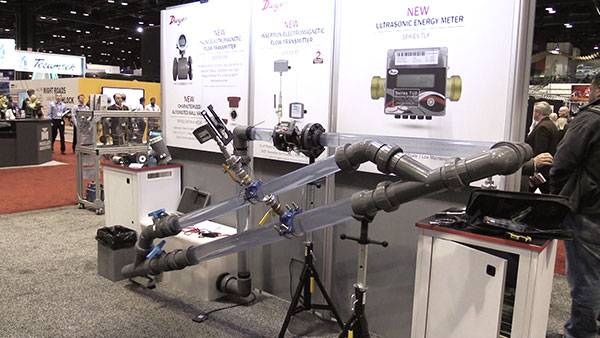
Even before the AHR Expo officially opened to general attendees on January 22nd, guests of Dwyer Instruments were part of a highly anticipated release and demonstration of the Insertion Electromagnetic Flow Transmitter at the company’s booth. More than a dozen individuals from the HVAC industry experienced the features and benefits of this new magmeter firsthand. Continue reading “Dwyer Releases the New Insertion Electromagnetic Flow Transmitter at AHR Expo 2018”



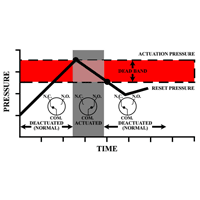
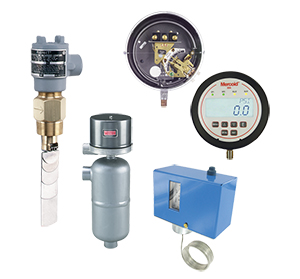

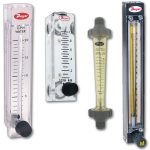
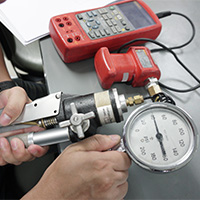
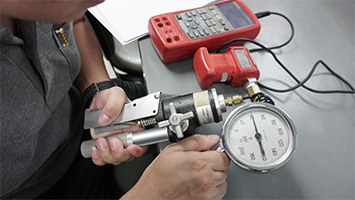 Calibrating measurement instrumentation is something that should never go overlooked. To calibrate instrumentation means to determine, check, or rectify the graduation of any instrument giving quantitative measurement. Calibrating a device ensures that the instrument will properly measure within the desired range for your application. This is important because a properly calibrated measurement device will help the user to maintain his or her system. A device can be calibrated either at the factory where the device was manufactured or within the field. Calibration certificates may be obtained once a device has been calibrated.
Calibrating measurement instrumentation is something that should never go overlooked. To calibrate instrumentation means to determine, check, or rectify the graduation of any instrument giving quantitative measurement. Calibrating a device ensures that the instrument will properly measure within the desired range for your application. This is important because a properly calibrated measurement device will help the user to maintain his or her system. A device can be calibrated either at the factory where the device was manufactured or within the field. Calibration certificates may be obtained once a device has been calibrated.